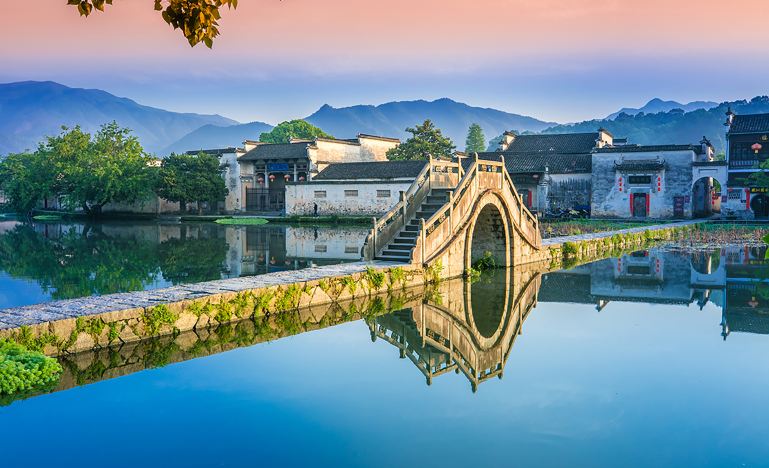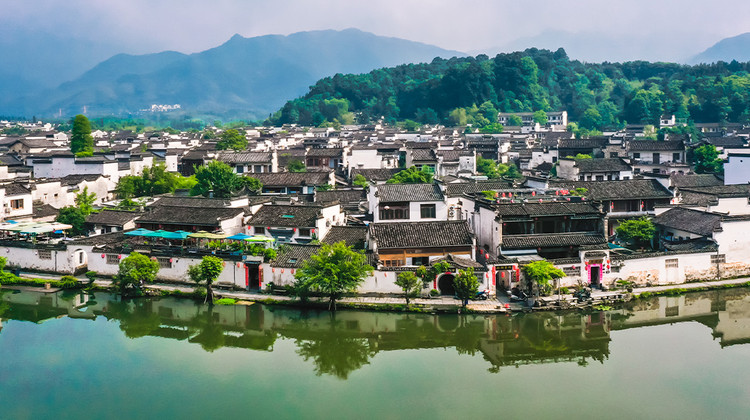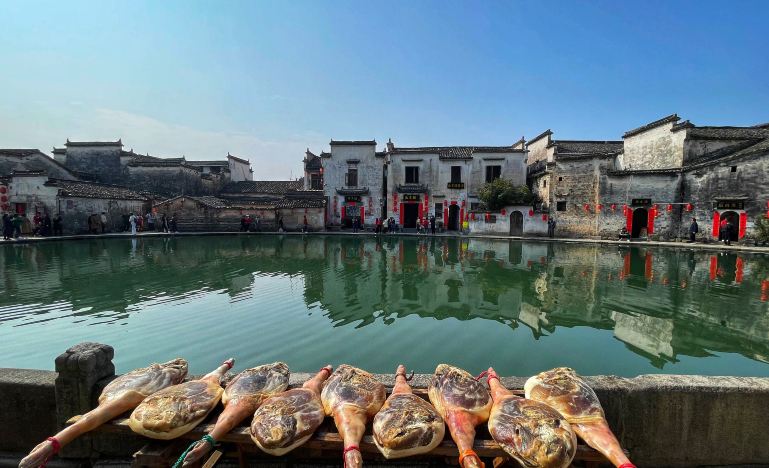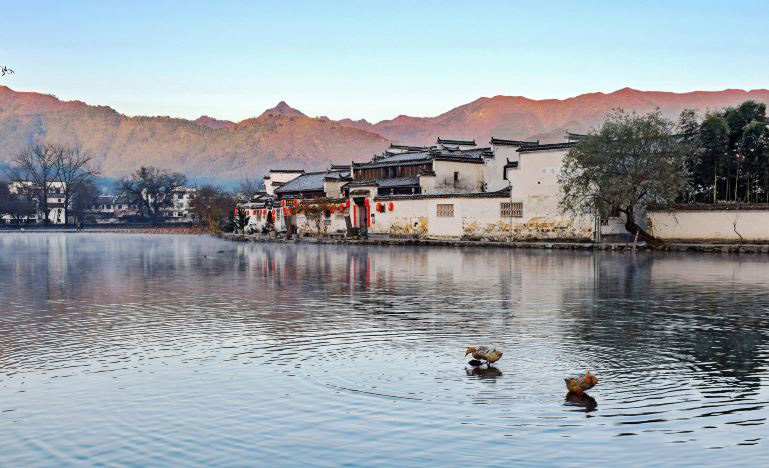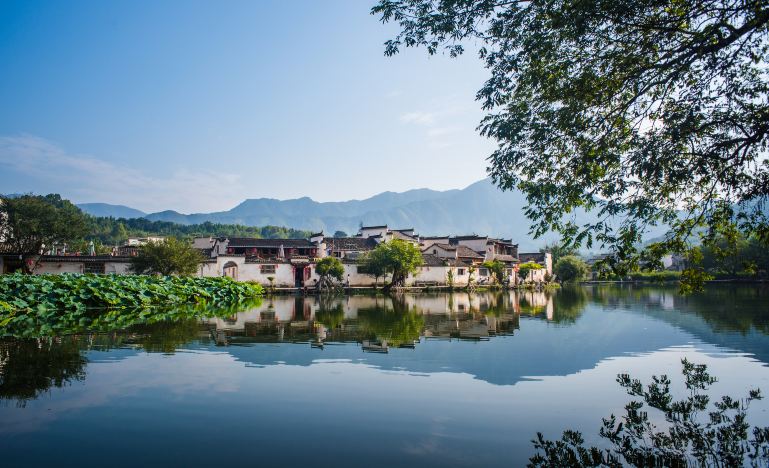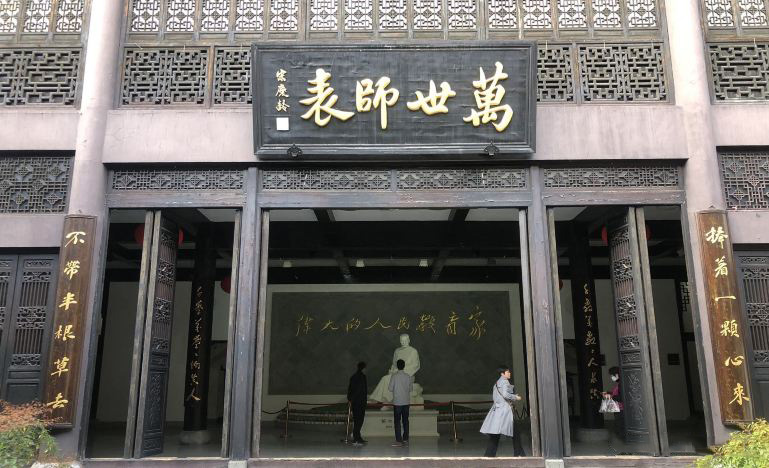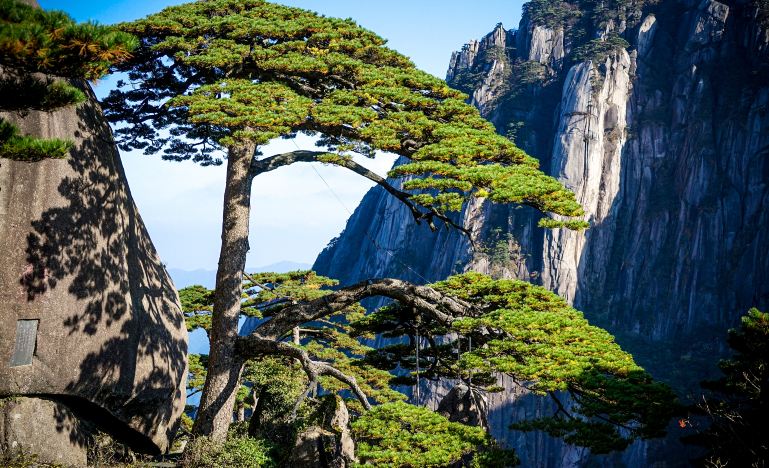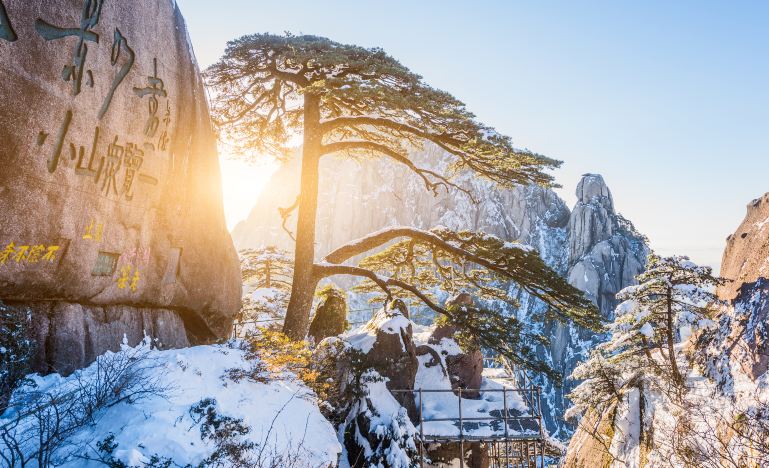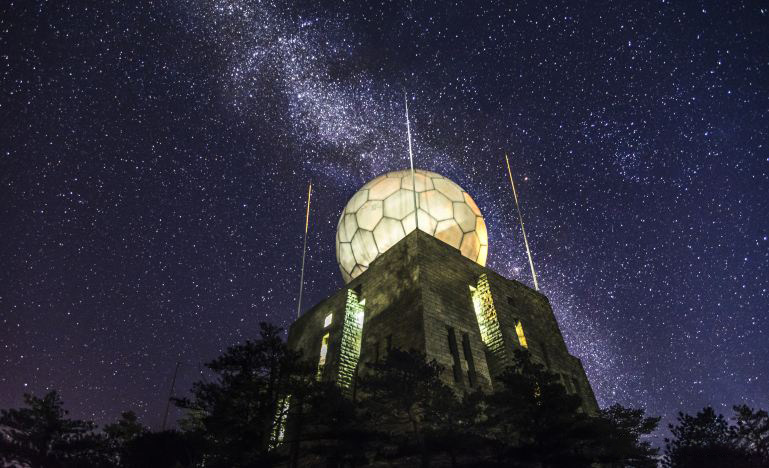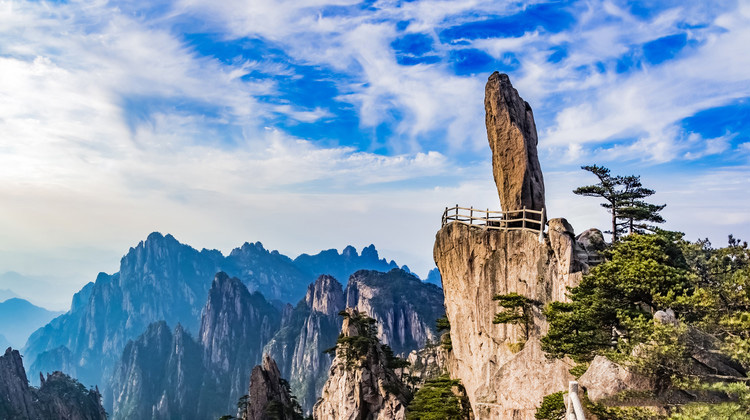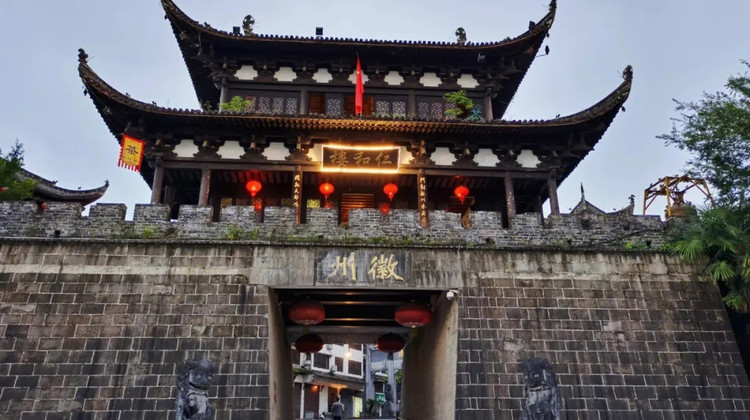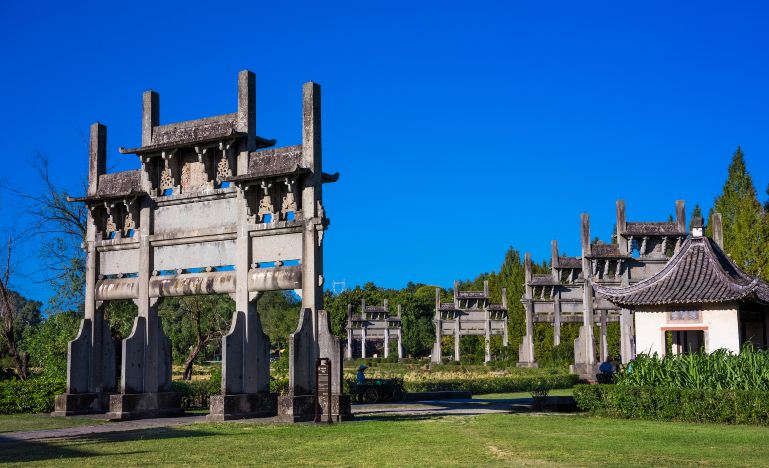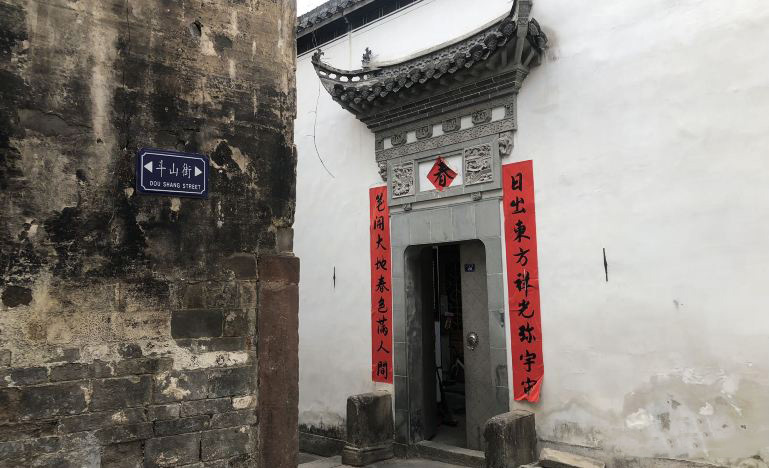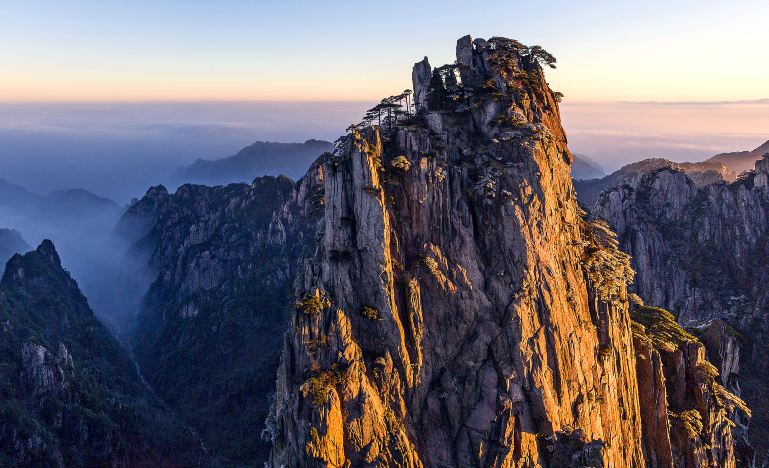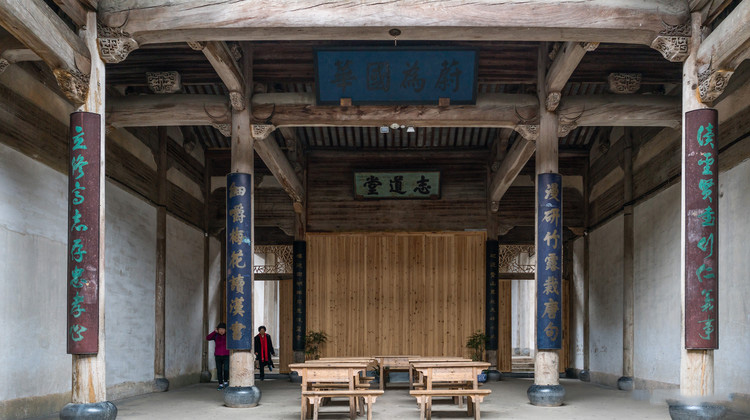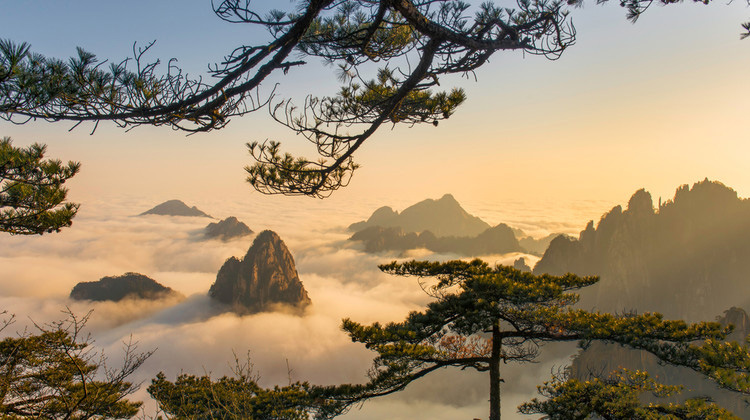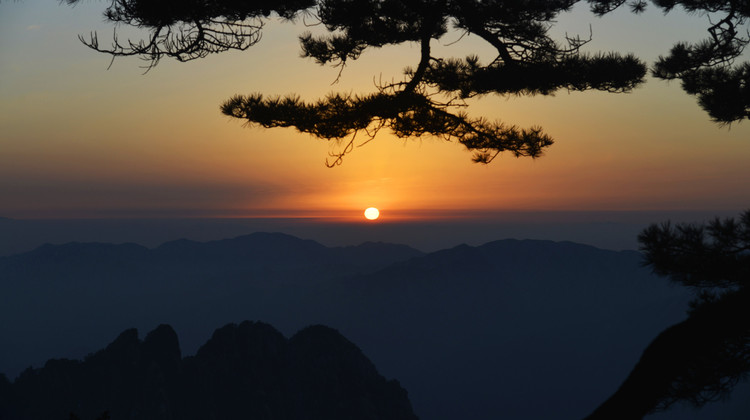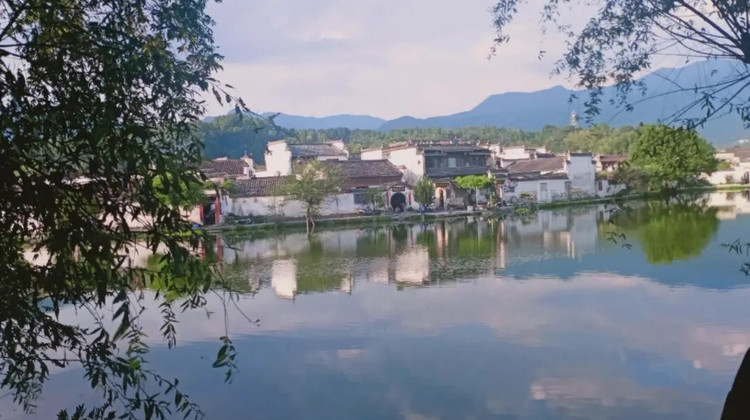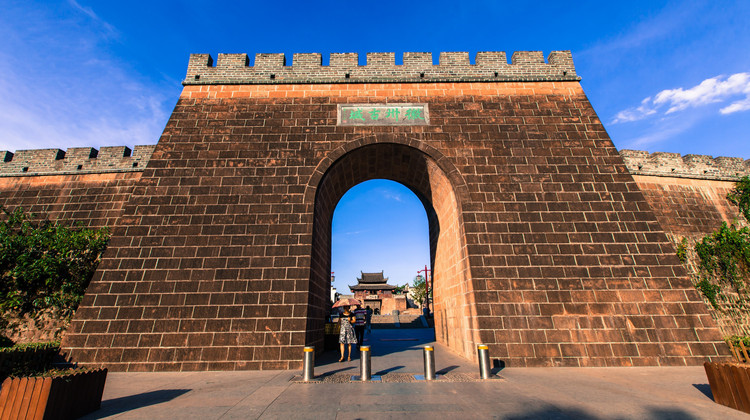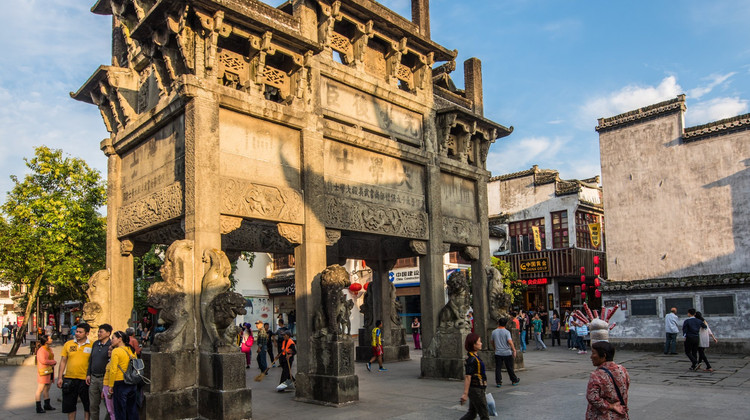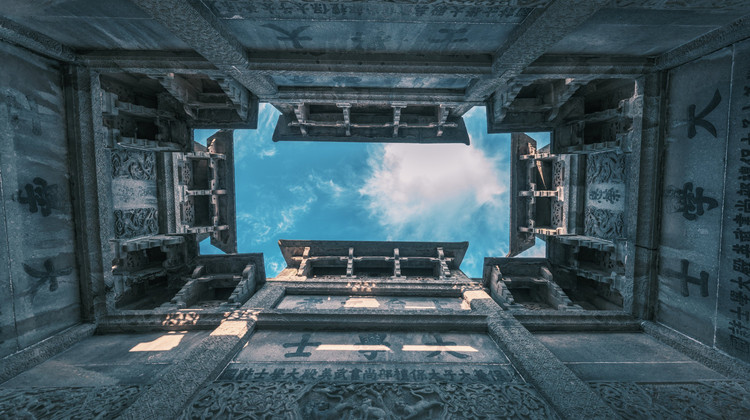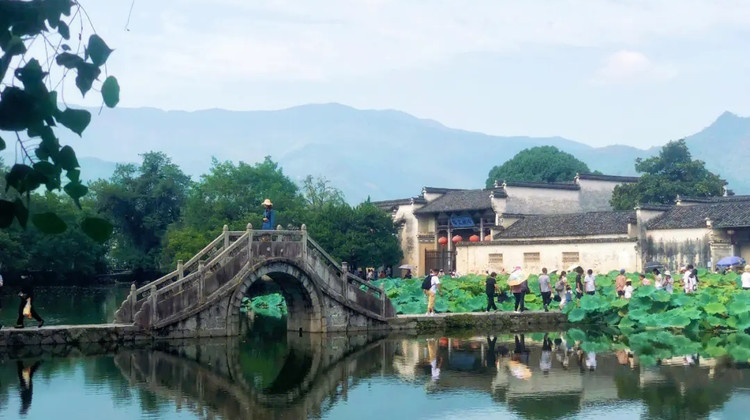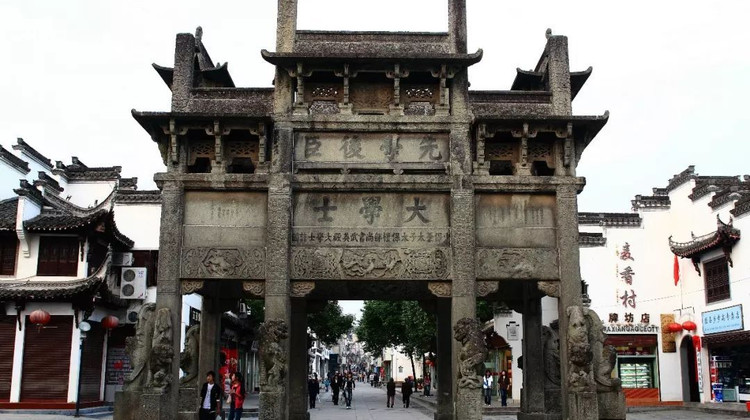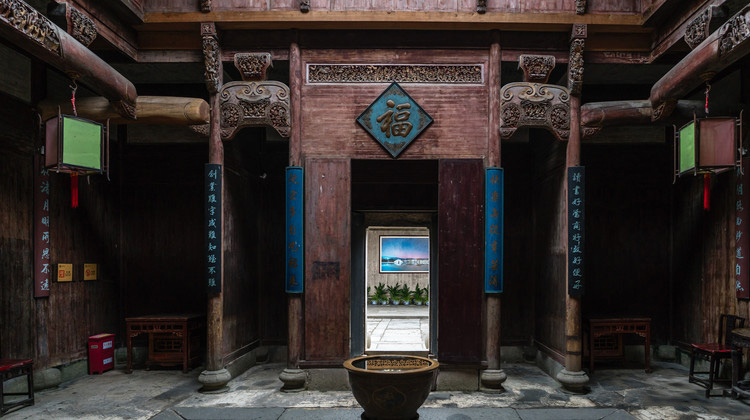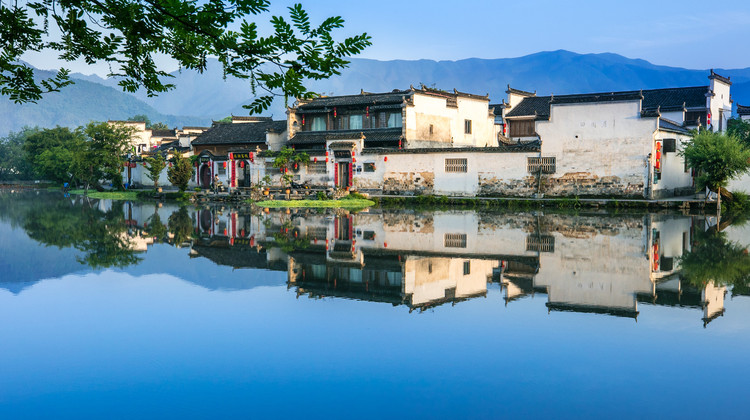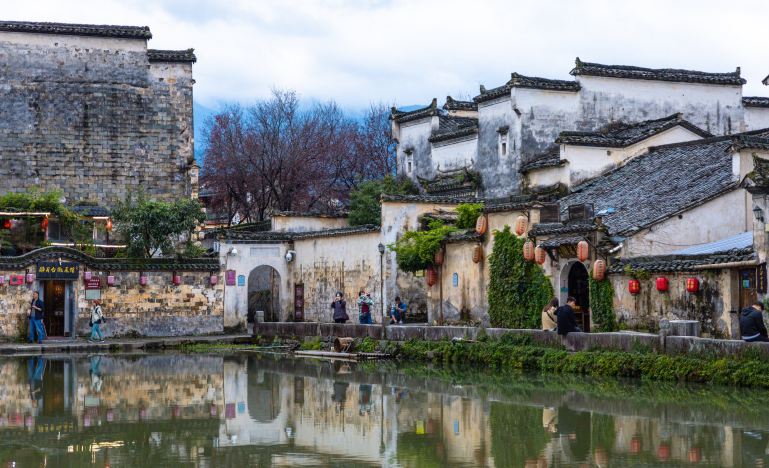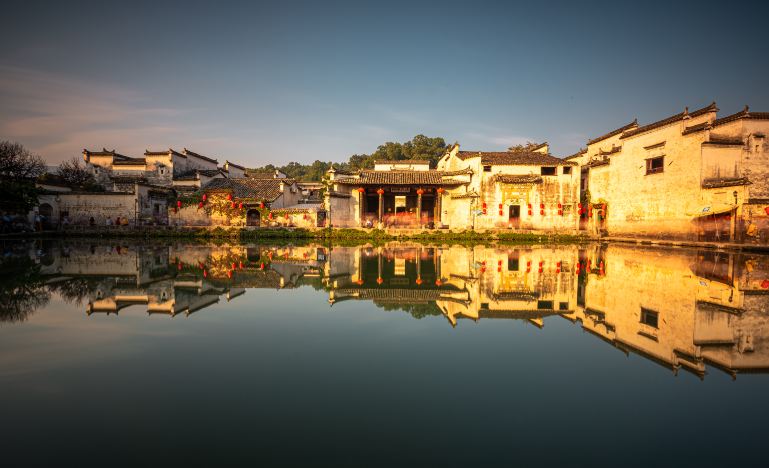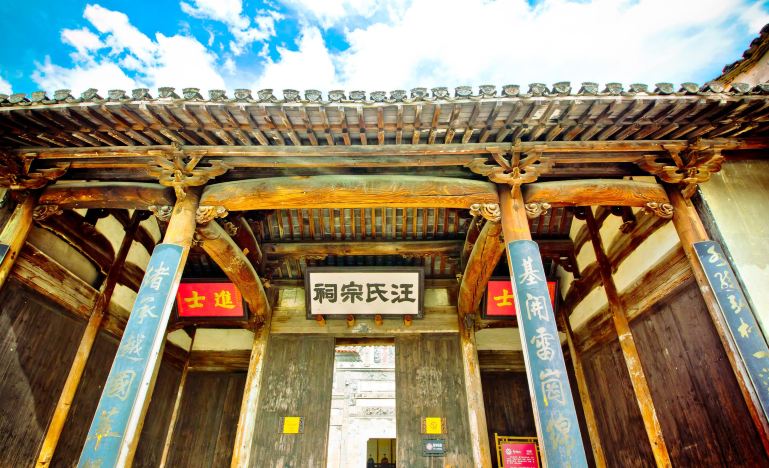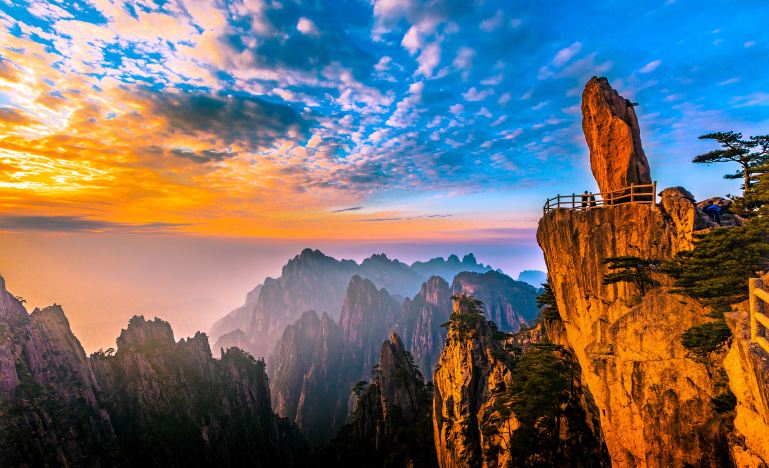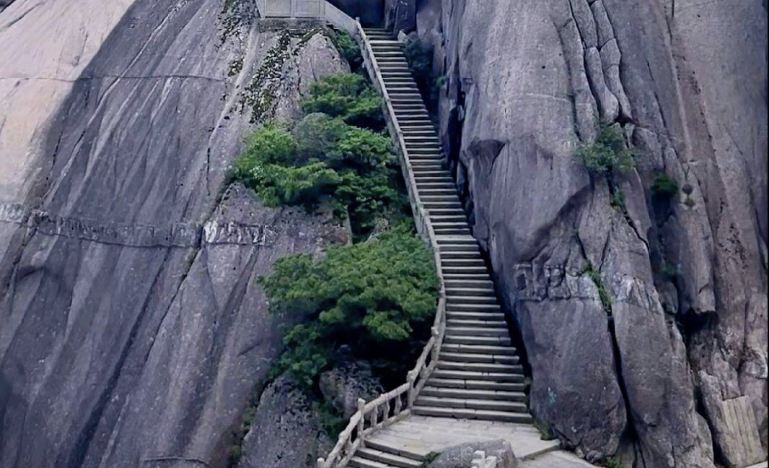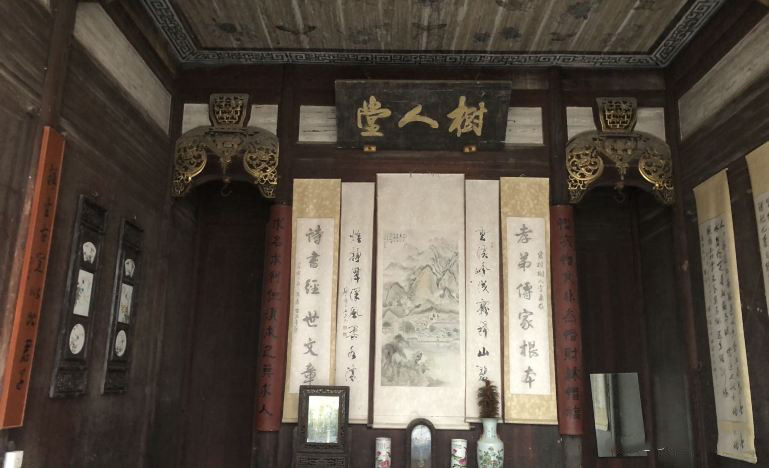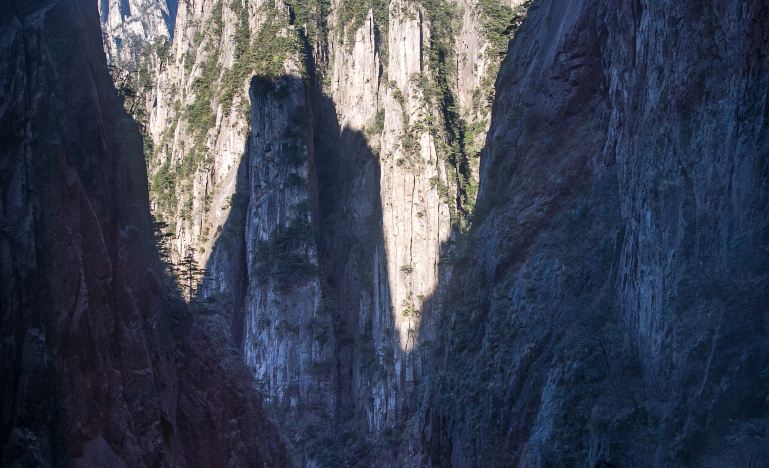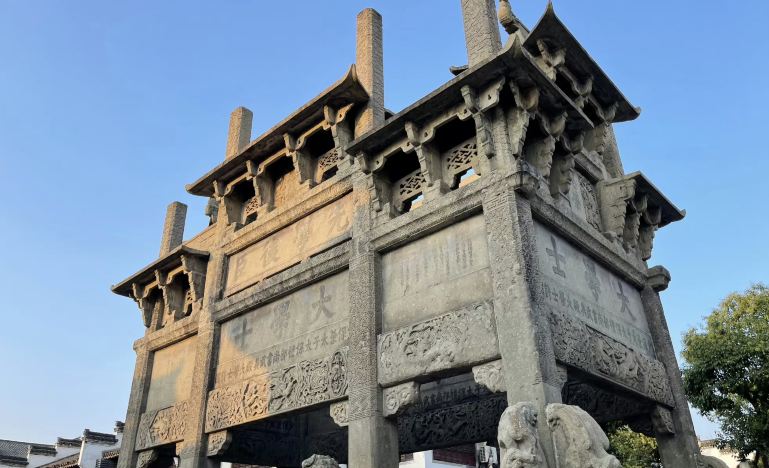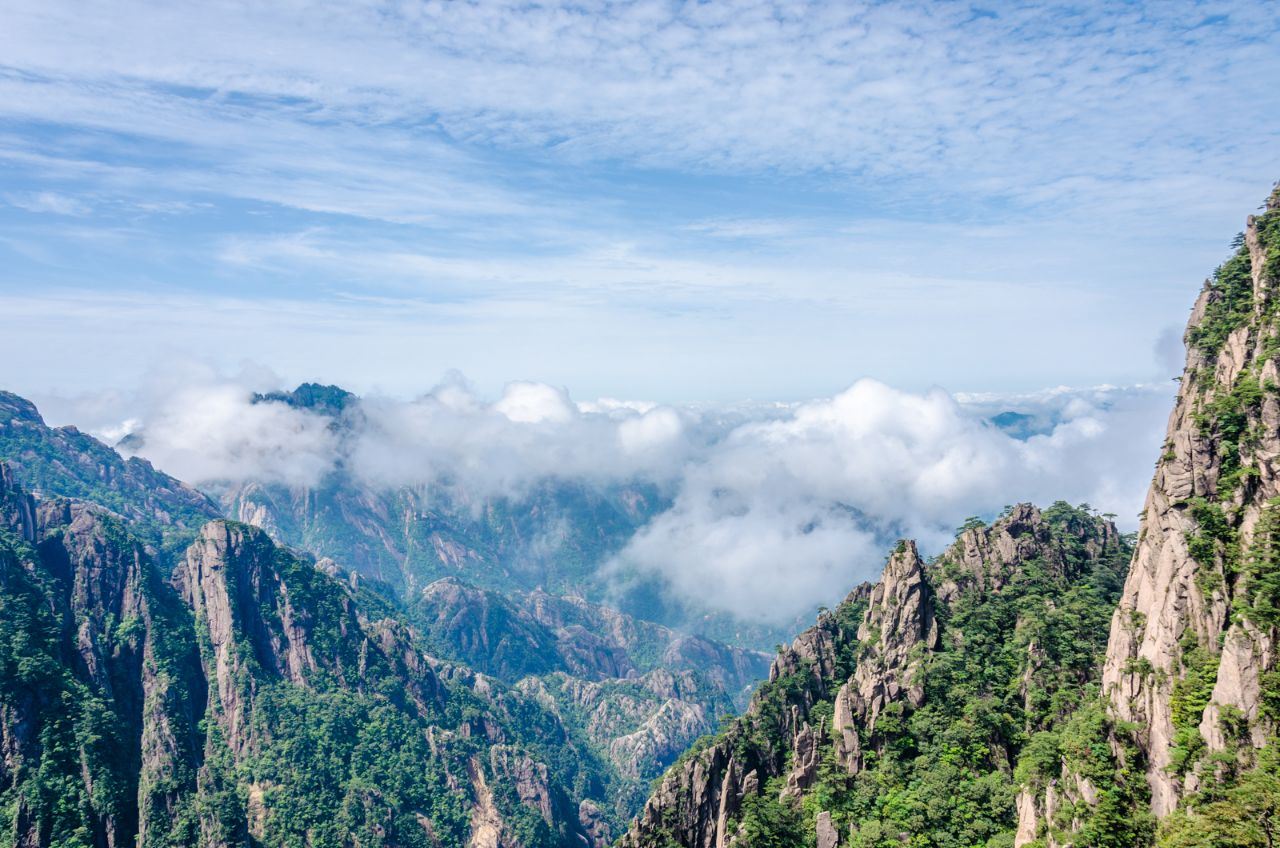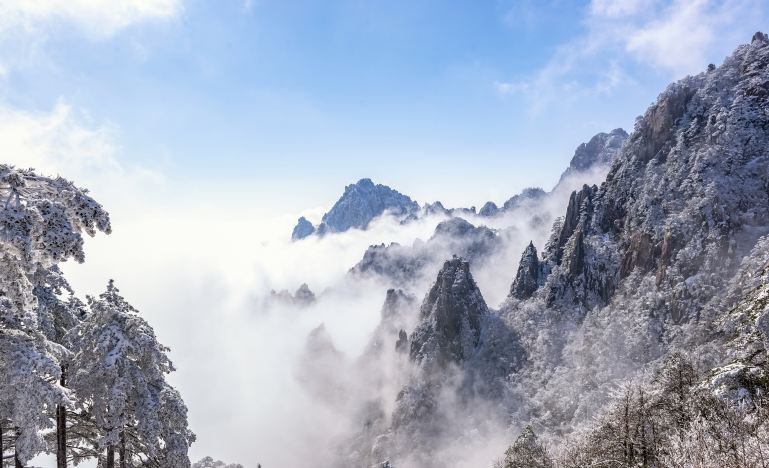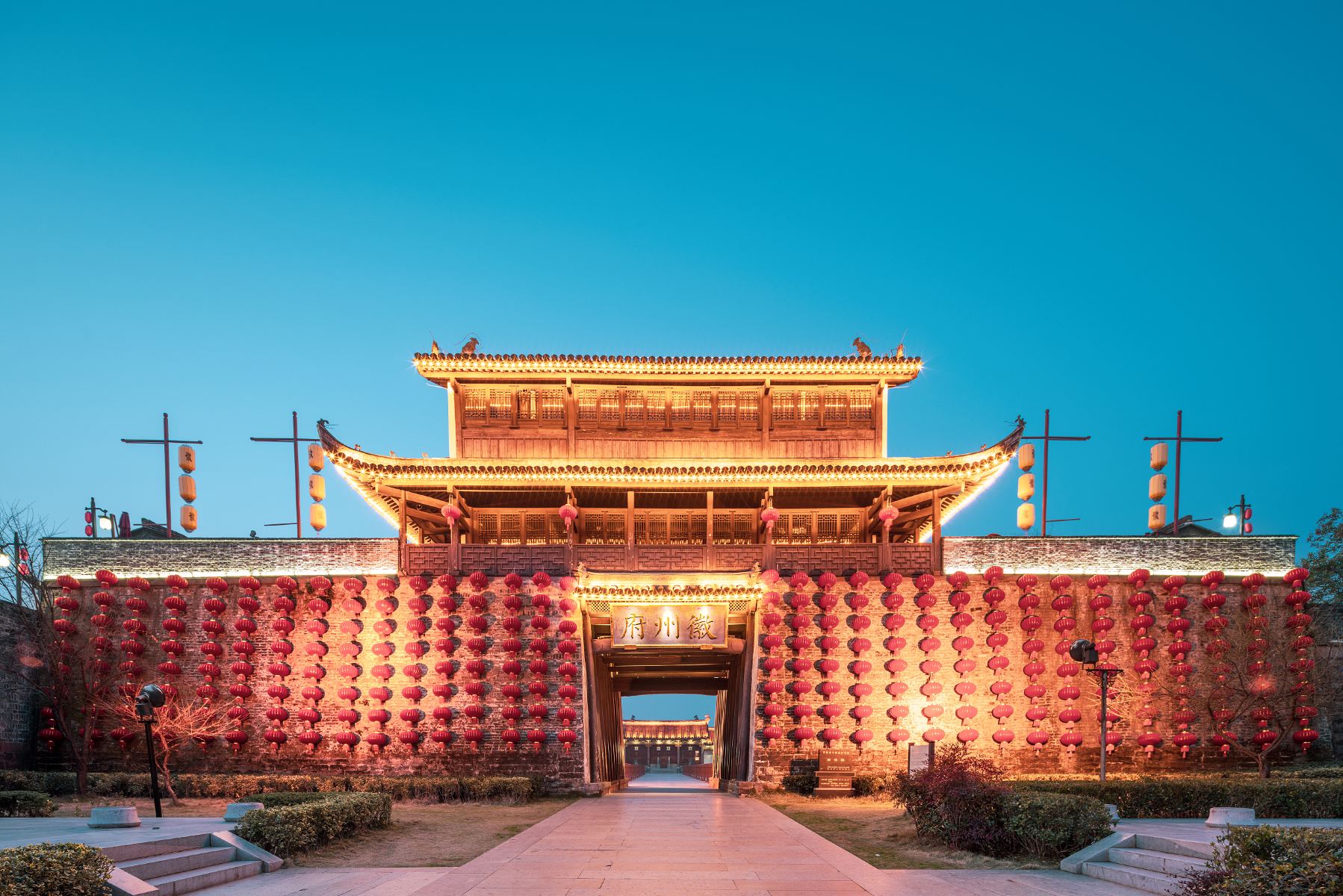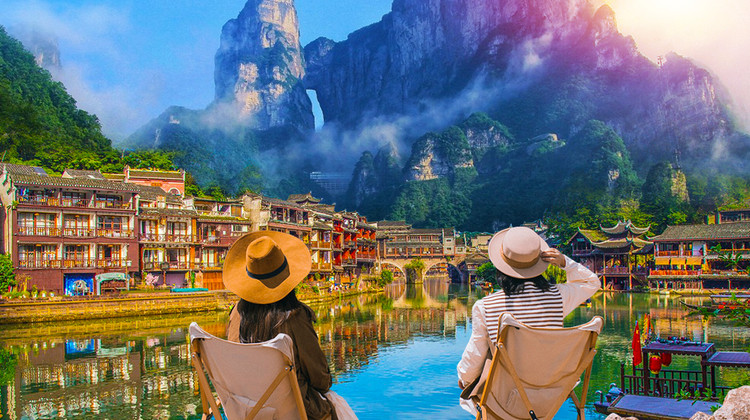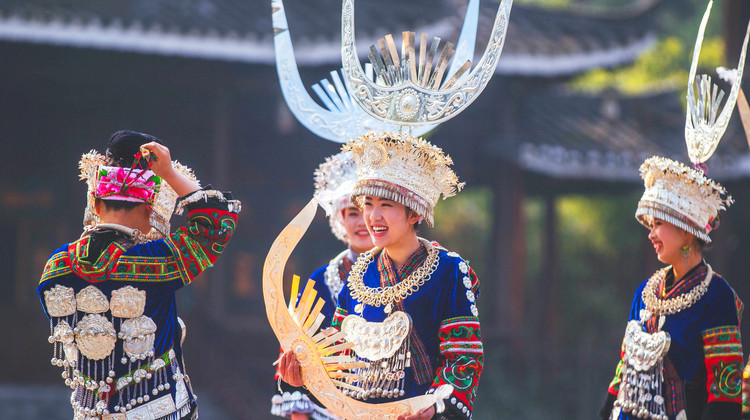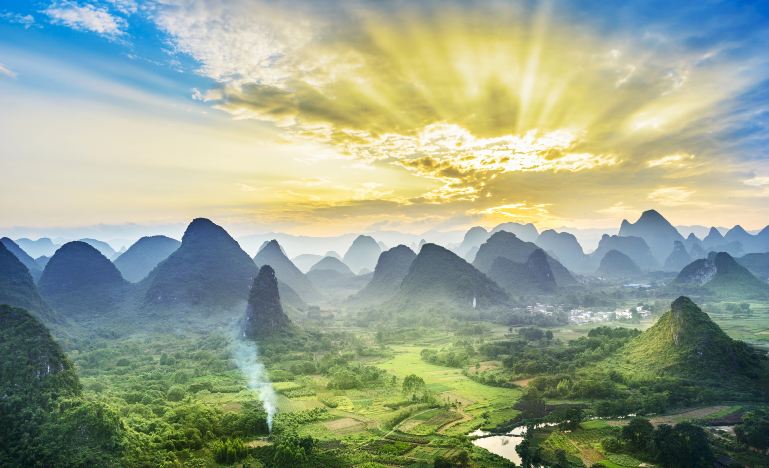Huangshan + Hongcun + Huizhou Ancient City 4-Day 3-Night Trip
During this trip, you will explore the breathtaking natural beauty of Huangshan, the picturesque waterside village of Hongcun, and the rich cultural heritage of Huizhou Ancient City. Here’s a brief overview of what you can expect:
Huangshan is renowned for its spectacular landscapes, including peculiarly shaped pines, grotesque rocks, sea of clouds, and hot springs. It offers a unique experience of natural splendor
Hongcun, also known as the “中国画里的乡村” (Village in Chinese Painting), is famous for its well-preserved ancient residential architecture and tranquil waterways. It’s a perfect place to experience traditional Chinese village life and admire the harmonious blend of nature and architecture
Huizhou Ancient City offers a deep dive into the region’s history and culture. You can explore ancient buildings, walls, and streets that reflect the rich heritage of the Huizhou merchants and traditional Anhui architecture
Note:
- The whole journey is mainly hiking and climbing, please wear comfortable shoes and clothes
Itinerary
Free activities
Recommendations: Tunxi Old Street or Liyang Old Street
Literati and youth gather at **Liyang Old Street**, calligraphy and art enthusiasts are found at **Tunxi Old Street**, for clothing shopping head to the **Trade City**, and for a scenic experience amidst green hills visit the **Xin’an River Waterfront Tourism Area**.
**Culinary Recommendations**
Snack must-try list: Crab shell yellow scallion pancakes, Wucheng dried tea leaves, soybean meat glutinous rice cakes, chive vermicelli glutinous rice cakes, fermented rice wine and sweet rice dumplings, Yucheng winter melon dumplings, and more;
Huizhou cuisine must-try list: Huizhou smelly mandarin fish, Huizhou first-class pot, Huizhou knife board fragrance, Huizhou arrowroot glutinous rice balls, Huizhou taste Laba tofu, dried bamboo shoots and pork Huizhou style steamed rice flour meat, and more.
Hongcun (Chinese: 宏村; pinyin: Hóngcūn; lit. ‘Hong village’) is a village in Hongcun Town, Yi County, Huangshan City in the historical Huizhou region of southern Anhui Province, China, near the southwest slope of Mount Huangshan.
Together with Xidi, the village became a UNESCO World Heritage Site in 2000, because of its exceptional preservation of the architecture and city plan of a rural village in feudal China. Scenes from the film Crouching Tiger, Hidden Dragon were filmed on location in Hongcun.
Hongcun was established in 1131 by Wang Wen, a general during the Southern Song dynasty. Like the neighboring Hu family in Xidi, the Wang family became prosperous merchants and the city grew in size from 1400 to about 1900. The architecture and carvings of the approximately 150 residences dating back to the Ming and Qing dynasties are said to be among the best of their kind in China. One of the biggest of the residences open to visitors, Chenzhi Hall, also contains a small museum.
The village is arranged in the shape of an ox with the nearby hill (Leigang Hill) interpreted as the head, and two trees standing on it as the horns. Four bridges across the Jiyin stream can be seen as the legs whilst the houses of the village form the body. Inside the “body”, the Jiyin stream represents the intestines and various lakes such as the “South Lake” (Nanhu) form the other internal organs. A 400-year-old waterway connects each residential household to the two water sources in the town, with most of the streets built alongside them. These streets are paved with original Yi County granite. The usual residences of the town contain a central courtyard surrounded by symmetrical bays of rooms, although there are much larger and more private houses for the weather citizens.
Huangshan (Chinese: 黄山), literally meaning the Yellow Mountain(s), is a mountain range in southern Anhui province in eastern China. It was originally called “Yishan”, and it was renamed because of a legend that Emperor Xuanyuan once made alchemy here. Vegetation on the range is thickest below 1,100 meters (3,600 ft), with trees growing up to the treeline at 1,800 meters (5,900 ft).
The area is well known for its scenery, sunsets, peculiarly-shaped granite peaks, Huangshan pine trees, hot springs, winter snow and views of the clouds from above. Huangshan is a frequent subject of traditional Chinese paintings and literature, as well as modern photography. It is a UNESCO World Heritage Site and one of China’s major tourist destinations.
The Huangshan mountain range has many peaks, some more than 1,000 meters (3,250 feet) high. The three tallest and best-known peaks are Lotus Peak (Lianhua Feng, 1,864 m), Bright Peak (Guangming Ding, 1,860 m) and Celestial Peak (Tiandu Feng, literally Capital of Heaven Peak, 1,829 m). The World Heritage Site covers a core area of 154 square kilometres and a buffer zone of 142 square kilometres. The mountains were formed in the Mesozoic, approximately 100 million years ago, when an ancient sea disappeared due to uplift. Later, in the Quaternary Period, the landscape was shaped by the influence of glaciers.
Huizhou architecture is one of the traditional Chinese architecture styles, which prevailed mostly in the historical Huizhou prefecture of Anhui, China as a critical element of Huizhou culture. The architecture uses bricks, woods and stone as raw materials, timber frames as significant structures. The bearing structure is a wooden beam, and parapet walls are made of bricks, rocks, and soils. The central room is decorated with painted beams, sculpted roof, and carved eaves with skylights. The technical features and style of Hui-style architecture majorly occur in residential houses, ancestral temples, joss houses, archways, memorial gates, and gardens. The architecture reflects mountainous features of the area and a geomantic omen of traditional Chinese religions.
The word Hui refers to the historical prefecture of Huizhou (or Hui Prefecture) in Anhui Province, which is famous for its merchants. During the period of Ming and Qing Dynasty (about 300 years), the commodity business was mainly dominated by the Huizhou merchants, in Qing Dynasty, Huizhou merchants monopolized the salt-trading industry in China, which made them become peak famous through the country. After they become rich, they go back to Anhui to show off their fortunes and glorify their family name by purchasing lands, squandering consumption, and building luxurious residential houses, gardens, colleges, temples, and memorials. These architectures shared a specific local style with rational layouts and sophisticated decorations. There is also a tradition of carving and drawing decoration among the local folks, which contributed a lot to the unique style of the brick, wood, and stone decorations of the architectures. As a result, Hui-style architecture has become one of the major factions of traditional Chinese architecture.
FAQs
A: On day one, there are free activities. The recommendations include Tunxi Old Street or Liyang Old Street. Literati and youth gather at Liyang Old Street, calligraphy and art enthusiasts are found at Tunxi Old Street. For clothing shopping, head to the Trade City. For a scenic experience amidst green hills, visit the Xin’an River Waterfront Tourism Area.
A: Snack must-try list includes crab shell yellow scallion pancakes, Wucheng dried tea leaves, soybean meat glutinous rice cakes, chive vermicelli glutinous rice cakes, fermented rice wine and sweet rice dumplings, Yucheng winter melon dumplings, and more. Huizhou cuisine must-try list includes Huizhou smelly mandarin fish, Huizhou first-class pot, Huizhou knife board fragrance, Huizhou arrowroot glutinous rice balls, Huizhou taste Laba tofu, dried bamboo shoots and pork Huizhou style steamed rice flour meat, and more.
A: Hongcun is a village in Hongcun Town, Yi County, Huangshan City in the historical Huizhou region of southern Anhui Province. Together with Xidi, it became a UNESCO World Heritage Site in 2000 due to its exceptional preservation of the architecture and city plan of a rural village in feudal China. Scenes from the film Crouching Tiger, Hidden Dragon were filmed here. The village is arranged in the shape of an ox. It has many residences dating back to the Ming and Qing dynasties with excellent architecture and carvings.
A: Huizhou architecture is one of the traditional Chinese architecture styles, prevailing mostly in the historical Huizhou prefecture of Anhui. It uses bricks, woods and stone as raw materials, with timber frames as significant structures. It reflects mountainous features and traditional Chinese geomantic omen. Huizhou merchants made it famous by building luxurious residential houses, gardens, colleges, temples and memorials after becoming rich. It has unique brick, wood and stone decorations and has become one of the major factions of traditional Chinese architecture.
A:For 144hour-free-visa, you can refer this post 144-hour-Visa-Free Transit policies for Foreign Nationals – A Complete Guide in 2024 – ChinaTravelTips (china-travel-tips.com)

